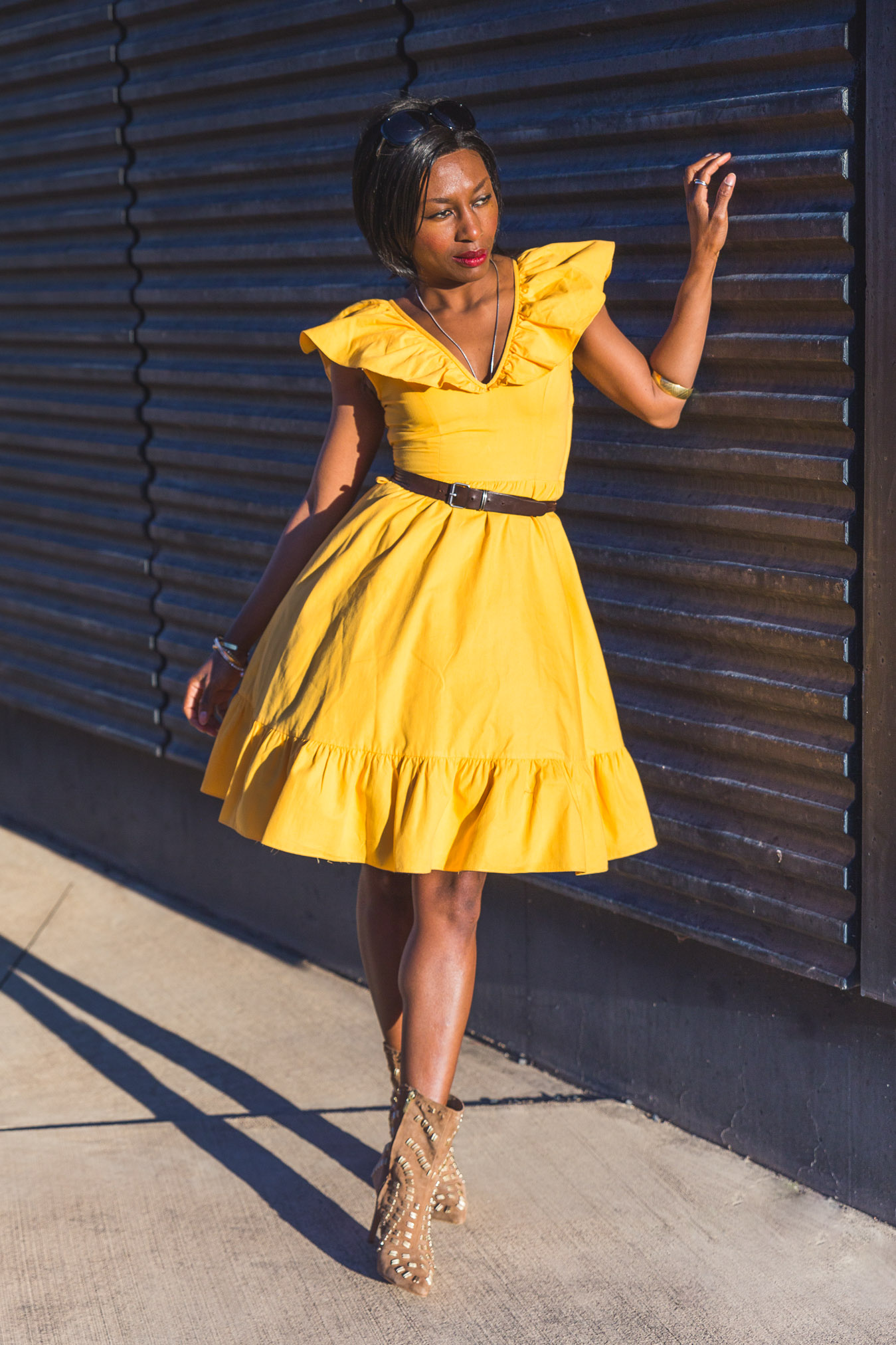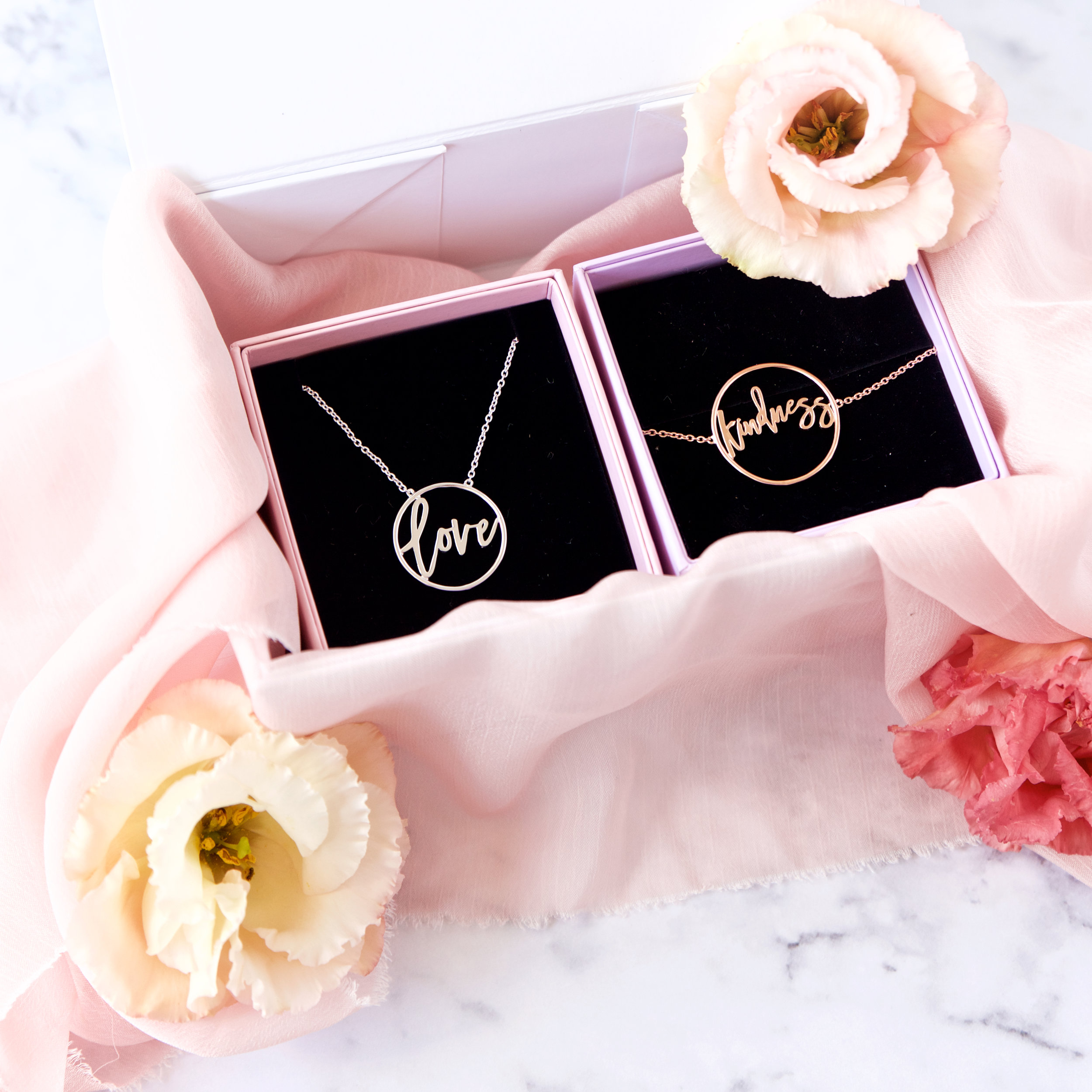Fashion is the 7th biggest industry globally, currently worth $2.4 trillion. It is also the second most polluting industry in the world: creating 92 million tonnes of textile waste and 1.2 billion tonnes of carbon emissions, more than all international flights and marine shipping combined.
With the global population expected to reach 8.5 billion by 2030 and our overall apparel consumption forecast to increase by 63%, there is no doubt that our current trajectory has us heading towards absolute catastrophe.
Fortunately, change is in motion.
Over the last 18 months there has been a radical shift in the overall mindset, reimagining the way we make, buy, use and dispose our clothes. Circularity being the goal, a means to achieve climate and resource protection whilst supporting economic growth.
Here in Europe, unique collaborations between Global Fashion Agenda (GFA), International Apparel Federation (IAF) and Sustainable Apparel Coalition (SAC) are stewarding transformative change to build a more circular economy, technology playing a pivotal part in facilitating this at scale.
I was curious to learn more about what sustainable fashion leaders back home are up to and how they are using technology to build more meaningful business. What better place to begin this conversation, than with a fellow female founder Natalie Johnson, CEO of Sustainable Fashion Marketplace, COVE.
Image: Natalie Johnson, CEO of COVE
What inspired you to move from “traditional" retail into sustainable fashion?
I’m predominantly a fashion buyer with over 15 years’ experience in “traditional retail” but have spent a number of years working with start-ups in the fashion tech space. It was here that I was asked to be a judge at a pitch competition for fellow start-up companies in the ethical sector. One of the contestants was Gordon Renouf, Co-founder of Good on You. I was fascinated by his story and the huge traction he’d achieved. Everything he was creating aligned perfectly to my then side-hustle, COVE and I was keen to collaborate. It was actually Gordon who suggested I pivot my business model into the ethical space, which I did 18 months ago and have never looked back. When industry heavy weights like Farfetch, Yoox-Net-A-Porter and Matches Fashion are releasing “conscious” collections, and here in Australia The Iconic and David Jones have gotten behind transparency, you know it is not a trend – it’s here to stay.
What significant differences between “traditional” and sustainable retail have you experienced?
The main difference I’ve noticed is mindset. There is a huge shift towards collaboration and community spirit in sustainable fashion. Everyone wants to share and help those around them succeed, it’s a very rewarding space to work amongst thought leaders taking risks and actually making positive impacts. The attitude of the customers in this space is also different. They’re incredibly passionate, kind and vocal. Gen Z in particular is an enormously powerful and educated sector, who wants to know the origins of items before they buy. This is making transparency a critical part of the value offering and will be price of entry for any fashion brand wanting to exist in 10 years. Another big difference with conscious shoppers is their loyalty and how they will become true brand ambassadors if they believe in your purpose.
Can you share any particular insights around customer behaviours and how you are leveraging these to provide optimised experiences which directly impact your bottom-line?
Customers want to build trust, with where and how they shop. They realise that every time they’re opening their wallet, they’re voting for the world they want to live in. Whilst I don’t want to give away specific insights just yet, I will say our customers want to be heard. We have created a specific Facebook group for our most loyal VIP customers where we ask this community for their insights and road test some ideas before building out features. This has saved us valuable time and money and has been deeply insightful in how to map our priorities to deliver the most meaningful impact. Without our customers we are nothing, so it is important to us for them to feel involved.
Brands, like many businesses today, are more and more confronted with demands to play an active role to reduce their environmental footprint. What are some things your brand partners have adopted to get this balance right?
It’s not just about packaging however that is the biggest start. Many of our brands are switching from plastic polybags to biodegradable or compostable mail bags. We also have brands like Arnhem from Byron Bay that have incredible initiatives where they have a composting bin for their staff and even grow themfresh fruit & veg. Tigerlily are calculating and offsetting their carbon footprint, by only using sea freight vs airfreight to save tonnes on carbon emissions. There are other, simpler, considerations such as using recycled card and ribbons to tie on swing tags. From an apparel point of view it’s avoiding polyester like the plague. We want to ensure we never stock polyester garments. We can’t say with 100% confidence that a thread or label isn’t polyester, but we are working towards being polyester free and encouraging brand partners to never use it in their garments as there are enough green alternatives out there.
What tech solutions or changes have you made or are in the pipeline to reduce your environmental footprint and/or give back?
There’s little things such as the entire COVE team using Ecosia as our search engine, who plant 1 tree for every 45 web searches. They are currently up to over 60 million trees! We want to share our own contribution towards this with our community, so are in the process of developing a widget which will have a live counter of how many trees we as a company have planted and also how to offer this initiative to our customers at checkout so that together we can become carbon positive. One other element to our business model is licensing our Clo3D design software which helps brands improve efficiencies, reduce costs and lower emissions in the pre-production phase of garment sampling. Then there are bigger, more complex pieces of tech, such as building a blockchain with partners Flight Path for trusted radical transparency through brands & designers supply chains.We are also working on a new feature that will allow customers to either: buy new, rent, sell second hand or donate their product, in one convenient place. Plus at checkout, we’re partnered with i=Change; a charity platform where $1 is donated every time a transaction is made, which goes to empower young girls in underprivileged communities.
You're a passionate advocate for positive change. What is your secret to success?
Collaboration. I cannot bring my vision to life on my own nor do I want to learn and build all the technologies required from scratch, especially when most of them exist. Instead my approach is to partner with masters within each area and work together to create a better future. We have been very strategic in our partnerships to ensure they not only align with COVE’s core values and long-term objectives but are positively changing behaviours and making a profound impact.
What shifts are you seeing brands take or not take to build a more circular economy?
Packaging is again the first visible and noticeable change. Fabric waste is starting to be minimised through the design process with tech like Gerber, which can layout your designs to optimise the fabric and eliminate/reduce waste. We’ve identified that designers do not generate revenue on the rental and second hand/donation side of the market. This could be a welcome change that tips behaviours towards building more innovative and circular models like those created by Threadtogether here in Australia or ThredUp in the USA. Moving to adapting a more circular model is slow. Not through reluctance. I think we can all agree everyone wants to be making this change, it’s through education and information. This may be because it is new, there are still many unknowns and costs associated that can make the changes seem prohibitive or restrictive. We think Anne Marie Bonneau says it best when she says “We don’t need a handful of people doing zero waste perfectly. We need millions of people doing it imperfectly.” and that’s what we encourage with our partners.
It’s an incredibly exciting time in fashion tech, a sector which remains a Pandora’s box of opportunity to explore, create and transform in ways that delivers positive impact at scale.
As we are witnessing the world over, the future does not need to be a compromise between achieving social, economic or environmental prosperity. We can have it all if we are collaborative, conscious and harness technology to create the much-needed systemic shifts towards a circular economy.
Written by guest blogger, Penny Whitelaw, Co-Founder of To Me Love Me.
Insta: @2meloveme I Facebook: @2MeLoveMe I Twitter: @WhitelawPenny




















